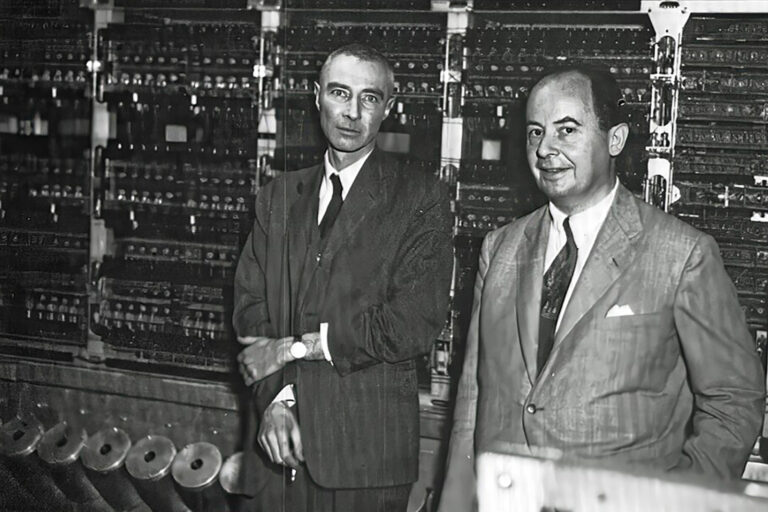If you look back the history of science, you will find many women, often hidden, who have achieved important goals by following their passion with tenacity; even more are the women who have made fundamental contributions without their name being remembered or who have dealt with works on the border between science and fields traditionally considered more “feminine”, such as scientific illustration, writing or teaching. But most of the women, who have not made the headlines in the history of science, are women who could have become scientists and have not had the opportunity to break down the barriers imposed by culture, society, family, and law.
Today, women working in scientific research are still fewer than men and rarely reach a high level of responsability, but there are more and more.
According to Eurostat data, in 2020 in Europe 41% of people working in science are women, in Italy this percentage drops to 34%; but looking at the last 10 years in Italy and in Europe this percentage has grown, in 2011 in Europe female scientists were about 39% and in Italy 32%.
There has been progress on gender equality in universities and in scientific research, but there is still a long way to go for all potential female scientists to have the opportunity to discover and follow their interest. And science itself needs to be given the opportunity to count on the excellence of women, as well as that of men.



